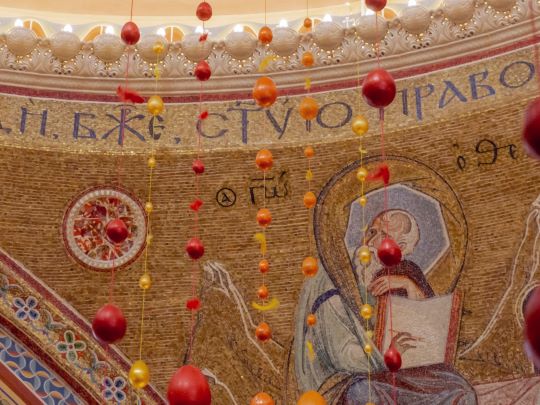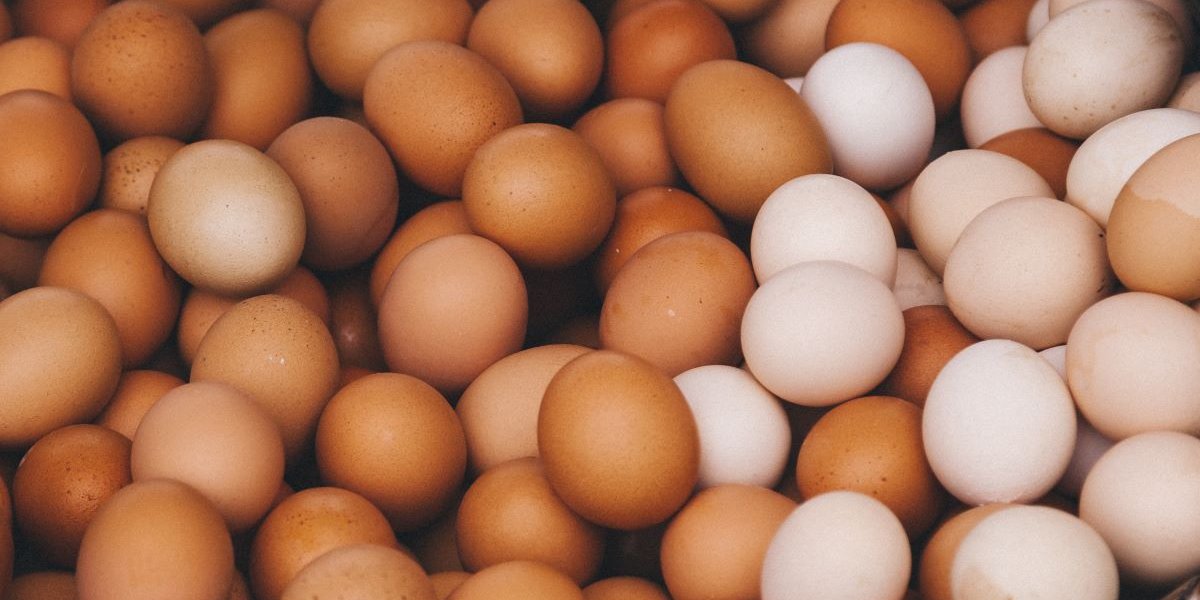Easter is right around the corner
Spring is in full swing in many world areas, and nature is awaking. For many people, an Easter egg symbolizes birth and the beginning of life. Have an EGGful Easter time.
Eggs – The symbol for Birth & Life

Eggs represent new life and rebirth, and it's thought that this ancient custom became a part of Easter celebrations, full of joy and happiness.
For Christians, Easter is the most important festival of the year, as it reminds us of Jesus' crucifixion and celebrates his resurrection on Easter Sunday.

How did eggs become so famous at Easter celebrations?
Throughout history, people have given each other eggs at spring festivals to celebrate the new season.
The exchange or giving of Easter eggs was considered a symbol of new life and rebirth in many cultures. That's why Christian and Orthodox churches absorbed the tradition inter Easter celebrations.

An old legend
Some people believed that eggs cooked on Good Friday and eaten on Easter Sunday would improve fertility and prevent diseases. So easter eggs were blessed before eating them.

Another legend says . . .
. . . that eggs laid on Good Friday will turn into diamonds if they are kept for 100 years, and if your egg had two yolks, it was a sign you would soon become rich.
A lovely tradition – beyond religion

You can read about many Easter-time traditions with roots that cannot be traced to religions. Many non-Christians choose to observe these traditions while essentially ignoring the religious aspects of the celebration. One for sure: Easter is a beautiful family tradition, filled with fun and spending a long spring weekend, no matter where you are.
Did You know?
An egg primarily provides protein. Its content in eggs is so high that an adult person can cover more than 15 percent of the daily protein requirements with a single egg.
Eggs figure out
Every year, 66 million tons of eggs are eaten worldwide, about 35,000 eggs every second.
The FAO has estimated the consumption of eggs worldwide at an average of 145 eggs per capita and year. This equates to a total consumption of around 1,000 billion eggs per year. Of course, the differences are enormous from country to country. Mexicans eat more than 300 eggs per person per year; in Japan and China, it is 230 to 250 eggs; in Europe and the United States less than 100 eggs. France is the largest producer of eggs in Europe and is also among the largest consumers, with 230 eggs eaten per person.
Source: FAO
Did you know?
- One hen lays between 100 and 250 eggs a year depending on the age. Young and older hens lay fewer eggs than middle-aged hens.
- Chickens start laying eggs very young, at the age of five months.
- The different colors of the eggs depend on the genetics. Breeds with white earlobes tend to have white eggs and primarily white feathers, while those with colored feathers and earlobes tend to produce colored eggs.
PerfEGGt for your hens
With our phytogenic solutions for laying hens…
…your chickens may not lay green eggs but may benefit from bioactive substances.


Elisabeth Rohrer
After her study in agriculture sciences at the university of natural resources and life sciences in Vienna, Elisabeth joined the Delacon team in December 2013 as Technical Communications Manager - a position, she always exerted with pleasure. Since 2021, her task areas have been extended and thus, she is also supporting colleagues in writing offside the technical focus as Content Manager. Elisabeth describes herself as a great animal and nature lover and prefers to spend her free time high up in the mountains with her little family, away from the hustle and bustle.










